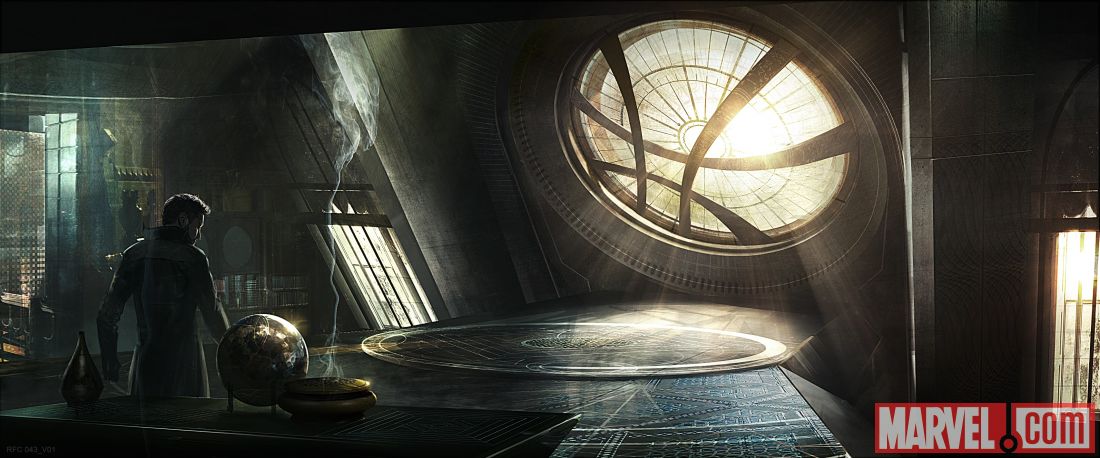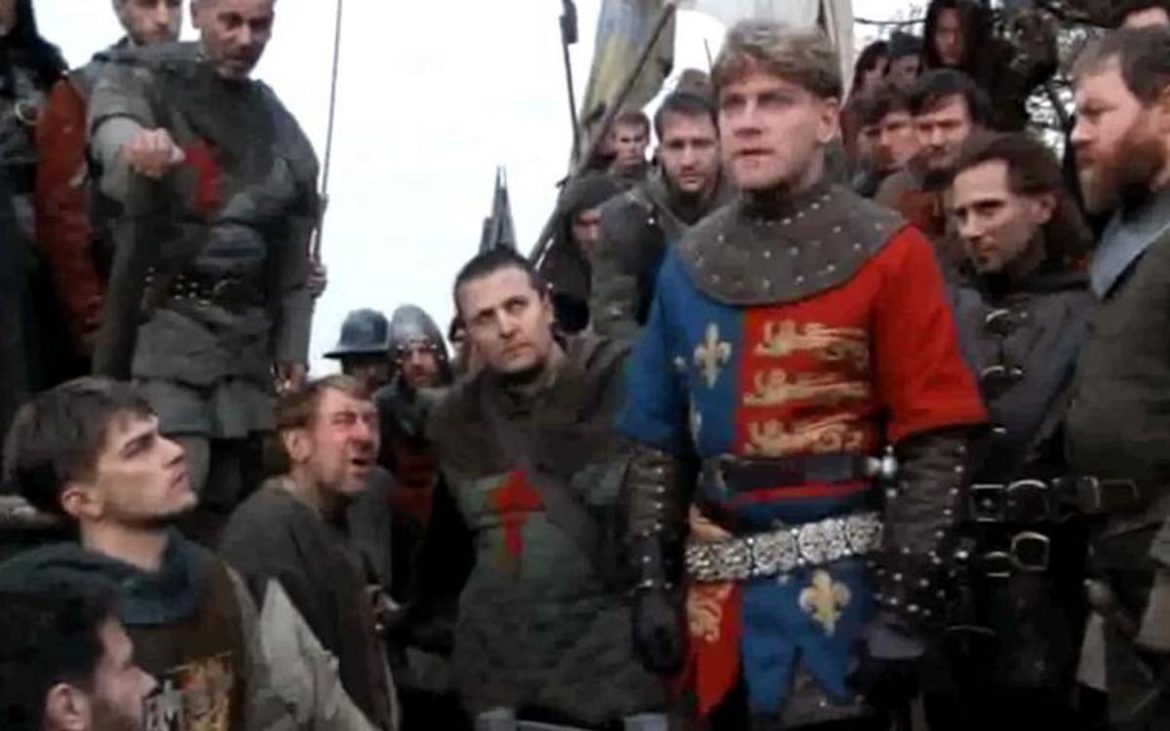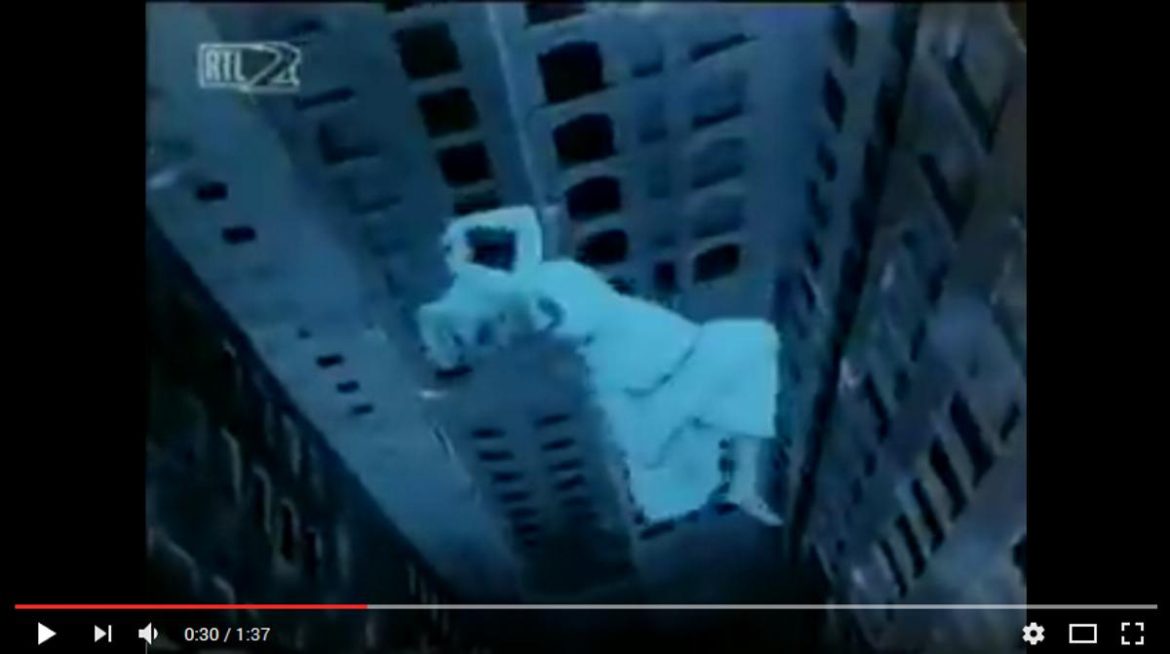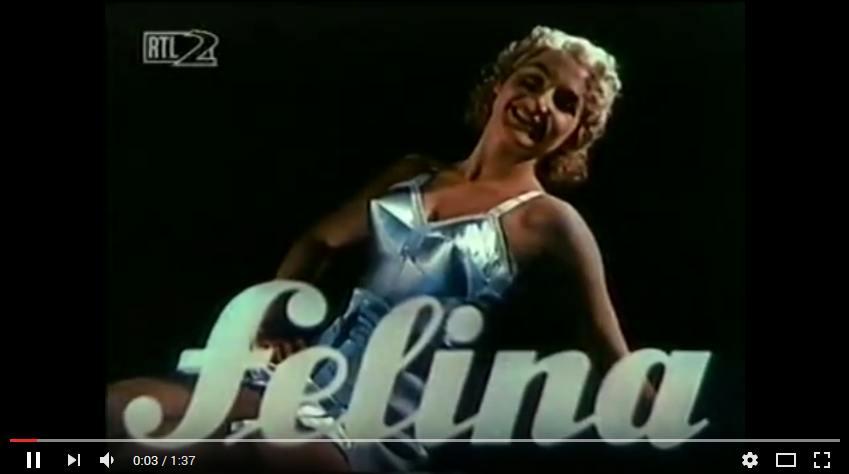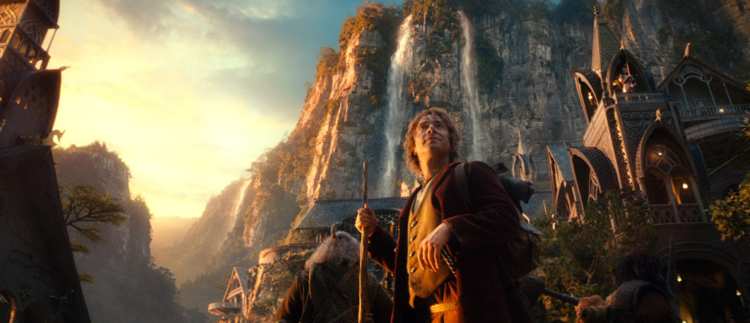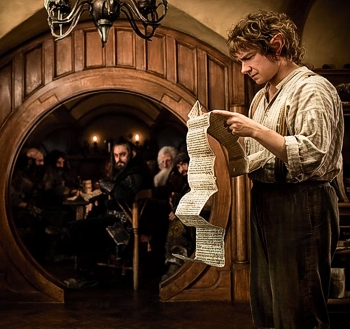Yes, well, so it does. But all the same, when the line came up in a mid-credits scene, I snorted.
After the madness of the weekend and Tuesday and my naughty eye and everything, I did (yesterday evening) something I don’t do all that often: I said to Peter, “I need a day out.” So we prepared to have one.
And looking at the local cinema schedules, I discovered that yesterday was the last day that I was going to be able to see DOCTOR STRANGE – as the Christmas releases here have pushed it out of all but the very biggest multiplexes up near Dublin: and even there, who knows how much longer it might last? And I declined to miss out on a chance at a big-screen viewing for an old friend whose adventures I’ve been following, on and off, since the early 1960s. (And a very odd and mixed history Stephen Strange’s has been. He started out as a filler and went in all kinds of, well, strange directions after that, many of which I loved.) So: to the movies!
And off we went to our neighbor town, Newbridge, Co Kildare, and had lunch: and then we headed for the multiplex in the Whitewater shopping center. It was, as it happens, the very last showing of the film.
Except for us, the cinema was empty. This was hilarious and delightful, as we got to treat the whole place like our living room. P. even said, “Here, let’s spread out like we do on the plane, with a seat between us so we have somewhere to put the popcorn and the drinks.” And I said, “But what if I want to grab you if I get scared?” and he sort of rolled his eyes and said “You haven’t done that since ALIENS in Philly – ” Which is true enough. We clutched each other all through the guts of that movie and then staggered into the bar at The Commissary across the road, and the barman took one look at us and said, “You’ve been to see that movie, haven’t you?” No arguing with that: we were wrecked after that flick.
I didn’t expect anything of the kind, obviously. Anybody who’s been online and breathing between now and October (and cared to know) has easily known the guts of what happens in this movie. But spoilers fortunately don’t bother me. If learning about some one surprise in advance could completely ruin my appreciation of a piece of art, I’d have revealed myself to be a bit of a delicate flower and I don’t know that I’d have much time for myself.
So anyway. Visually: it’s a delightful piece of work. Ditko’s original vision of fragments of what would eventually become part of the Multiverse was honored again and again, to my intense pleasure. (Disclosure: I have been a Doctor Strange fan since the 1960s.) Just the look and feel of the thing makes this by far the trippiest movie in the MCU so far. The Inceptionesque folding-city bits that made the trailers are some of the least impressive stuff. It’s a pity there won’t be an opportunity for me to see this again in 3D, as parts of it would really benefit.
In terms of the script: Of course I’d have written it differently, but to the best of my recollection they didn’t hire me. 🙂 What I saw wasn’t at all bad. In terms of structure it worked for me, by and large; and in terms of slotting the POV and issues of the Strange-verse into the larger MCU, it did very well. It was also repeatedly funny, and not in simple ways like “the wi-fi password. We’re not savages.” It was also really satisfying in the sense of having an ending that involved not merely Blowing Shit Up (though inevitably we got some of that), but of Outsmarting The Big Bad. Always a pleasure for me, and one I’ve used on occasion. (You Young Wizards fans who’ve noticed this as being thematically similar to something that Darryl McAllister does to a fragment of the Lone Power in A Wizard Alone – well, yes, it is. But this is a moderately familiar trope in both fantasy and SF, and way better writers than I have used it over the years.)
Also, as a connoisseur of such things: I really liked the way they handled the various worldgating effects. Very sharp.
A couple of issues that jumped out for me while watching:
(a) Mads Mikkelsen did a better-than-competent job as Kaecilius, but what really got my attention was how much the makeup they’d put on him was bothering his eyes. I felt for him. He’s obviously a trouper and a consummate professional, but GOD he often looked like he was in pain that had nothing to do with characterization.
(b) Rachel McAdams had such a thankless row to hoe in playing Strange’s past-sometimes-lover, sort of a living continuity bridge between past-arrogant-surgeon and present-Sorceror-Supreme-in-training. She gave the part more and better than it deserved.
And as for Cumberbatch: he’s a good match for the canonical look of the character, right out of the box. That he should be able to get to grips with Strange’s character in his normal manner (and of course he has a manner: no news for those who’ve seen him work more than a few times) is a good thing. God knows enough actors would have taken this job, if offered it, whether they thought they could pull it off or not. He did, though, and he did, to this Strange fan’s tastes anyway.
(The one thing I would tease about, slightly, is his New York accent, which – almost certainly due to the vicissitudes of scenes being shot out of cutting order – kind of gets better and worse and BETTER and HILARIOUSLY worse. In one scene he sounds so over-the-top New York Nasal that I was itching to get him some antihistamines. In other scenes he had at least one Manhattan native completely convinced, and oblivious that he might ever have had any other accent.)
…So we’ll see where it all goes from here. The mid-credits sequence apparently suggests some appearance for Strange in THOR: RAGNAROK (and Thor is seen holding a scrap of paper with the Sanctum Sanctorum’s immemorial Bleecker Street address on it in recent shooting). There’s some resonance to this in that Dr. Strange and Thor have often enough run into one another and worked together in the comics continuity. It’ll be interesting to see how the themes introduced here get developed further in other parts of the MCU, and where (and how) Stephen Strange turns up next.

